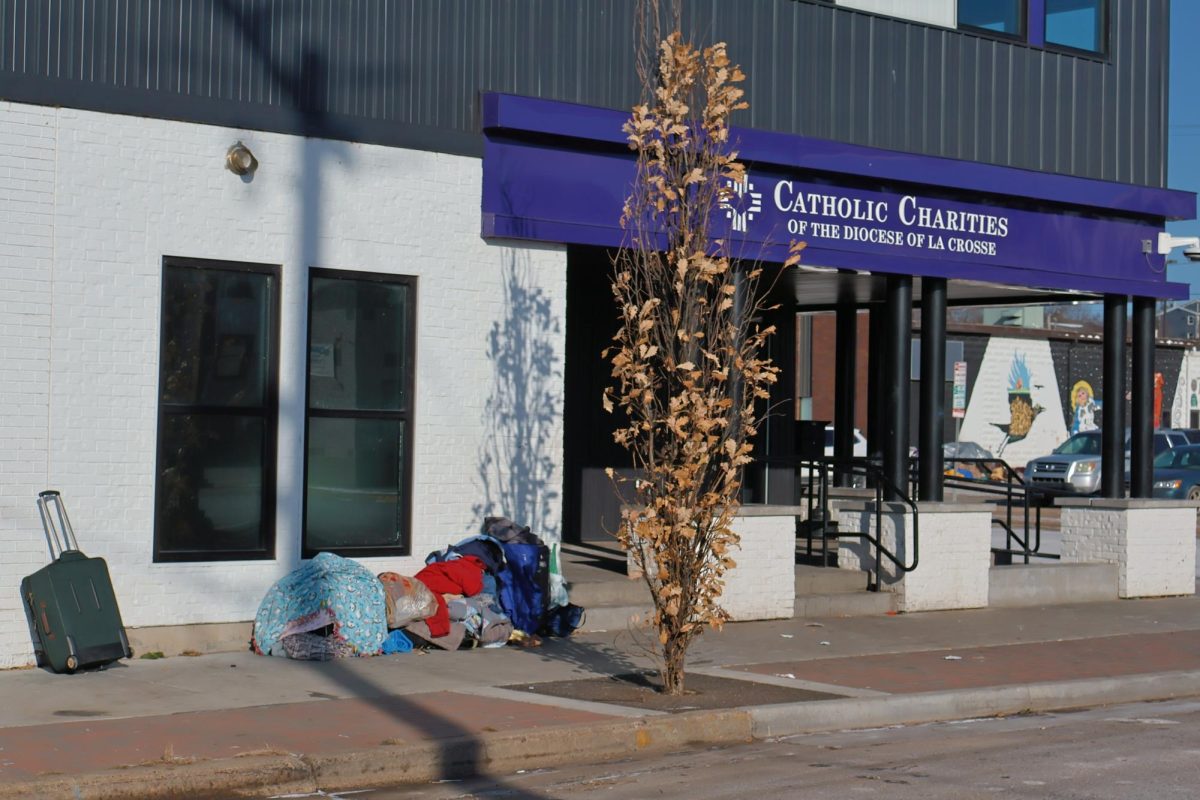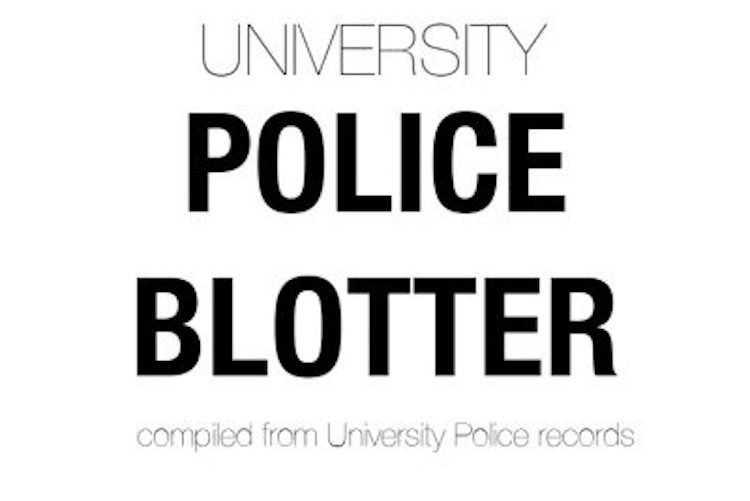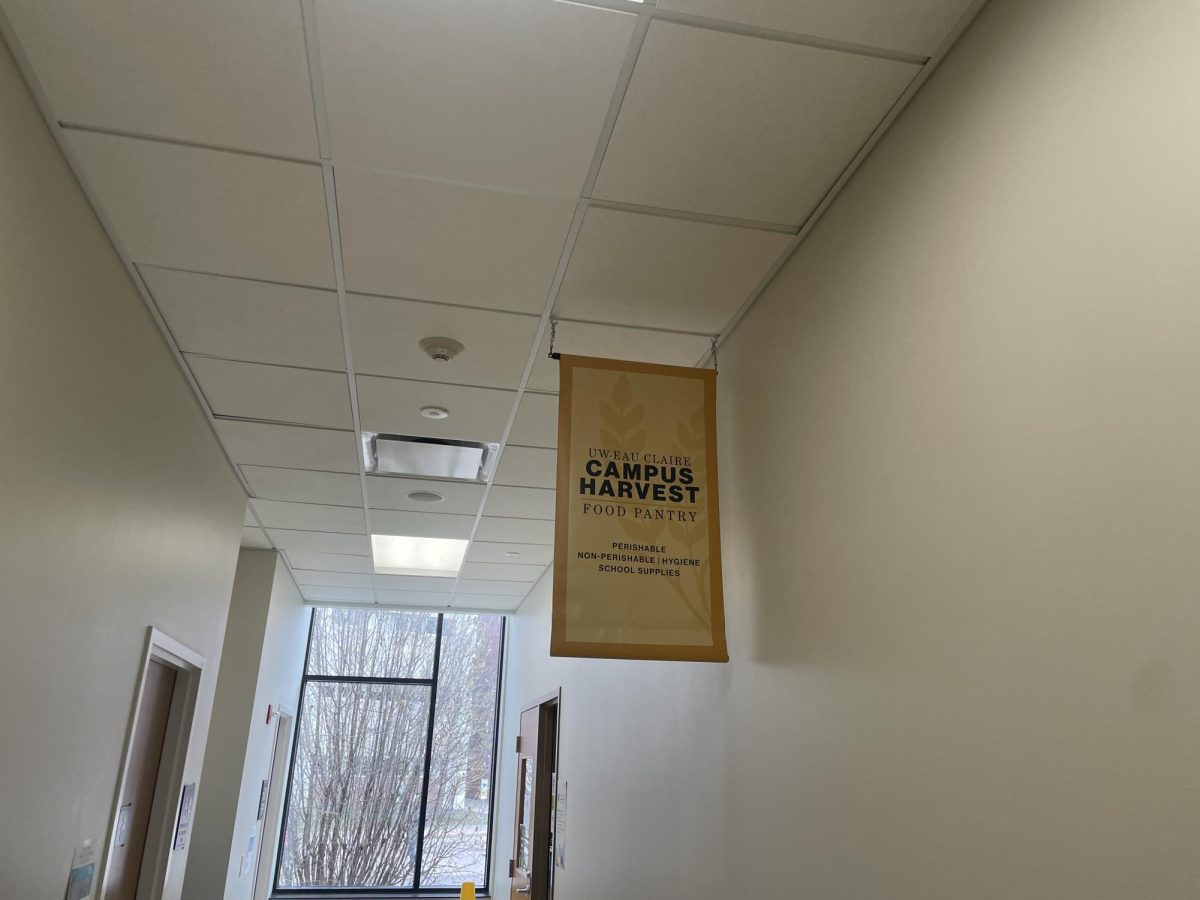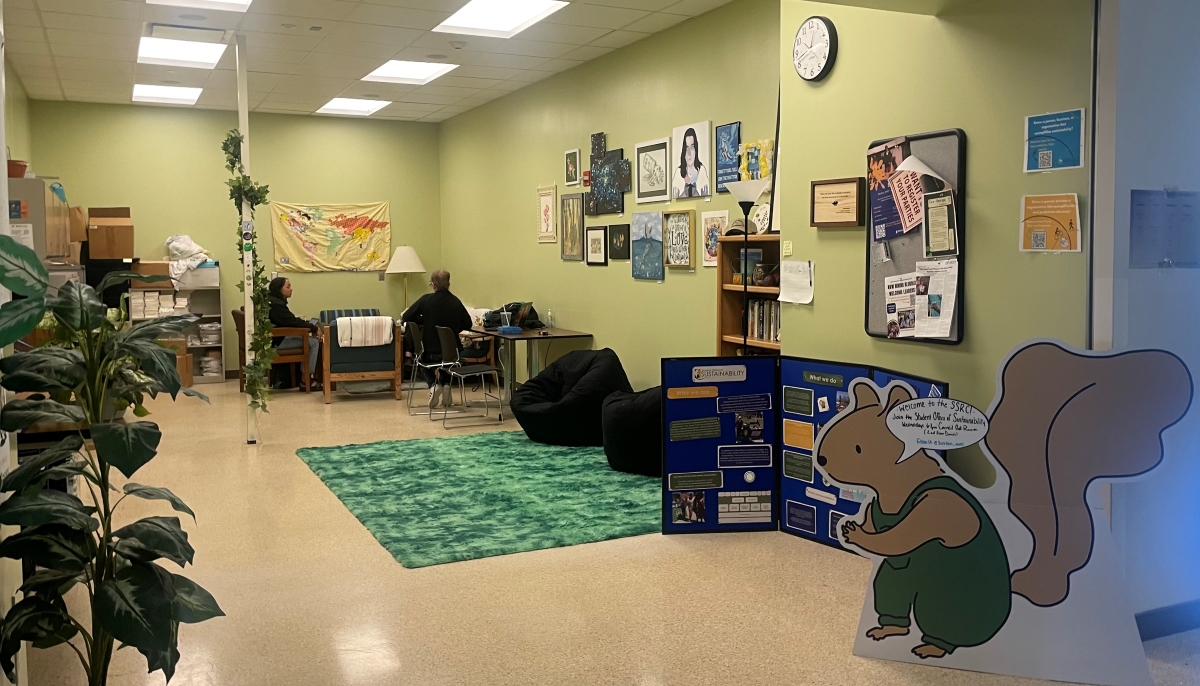About 90 percent of respondents to the campus climate survey say they’re comfortable on campus, but LGBTQ and ethnic minority respondents were less satisfied with the climate, according to the survey results released last week.
Director of the Student Life and Diversity Commission Daven Raj said he was pleasantly surprised that so many people were satisfied with the campus climate.
“The whole reason why the survey (was) being conducted is inclusive excellence,” Raj said, adding that the results were better than he expected.
More than 4,600 students and university employees, or about 37 percent overall, completed the campus climate survey issued last fall. The high response rate means that the survey results can be used to speak more generally about the university, said David Shih, associate professor of English and outgoing equity, diversity and inclusivity fellow.
“I’m very happy with the student response,” Shih said. “Because we had over 30 percent, suddenly this project becomes relevant and meaningful. The data can be used by students and faculty alike for years to come.”
Eighty-nine percent of white respondents said they felt comfortable in their classrooms, while 76 percent of people of color responded the same. And 90 percent of heterosexual respondents reported feeling comfortable with the overall campus climate, compared to 73 percent of LGBTQ respondents, according to the survey results. The population most satisfied with campus climate was white, heterosexual men.
Classified staff – which includes, but is not limited to, clerical staff and janitors – are among the most likely group to think that any harassment they’re encountering is based on their position status, Assistant to the Chancellor for Affirmative Action Theresa O’Halloran said.
In examining the classroom climate results, O’Halloran said the numbers tend to be lower because it’s a more specific question than overall campus climate.
Raj, who is an international student from Kuala Lampur, Malaysia, said one way to increase comfort in the classroom would be to rewrite professor evaluations to include a rating of inclusiveness and diversity in the classroom.
“You don’t want it to be a hindrance for professors to be able to teach what they want to,” he said, “but you also want to make sure students feel comfortable in the classroom.”
Raj also said the university’s current diversity requirements are “sort of a joke,” adding that a speech class that might deal with Asian-American life might count for diversity.
“In the long run, there’s nothing substantial you get from just talking about it,” he said. “I just feel like the diversity requirement on campus now has nothing substantial to it. It’s very limited.”
Raj suggested instead incorporating social justice courses and offering them as First Year Experience classes for freshmen.
Raj said he has never personally experienced harassment based on his ethnicity, but he knows people who have. Because the campus is overwhelmingly Caucasian, he said, some people of color feel like they’re always on display.
“Having darker skin gets you noticed,” he said. “In the survey, people did say that they feel people are staring and glaring at them.”
Shih said a way for students to improve the campus climate is to be aware of their social identity at the university.
“We’re all affected by campus climate,” Shih said. “If everybody experiences that positive climate, everybody benefits.”






